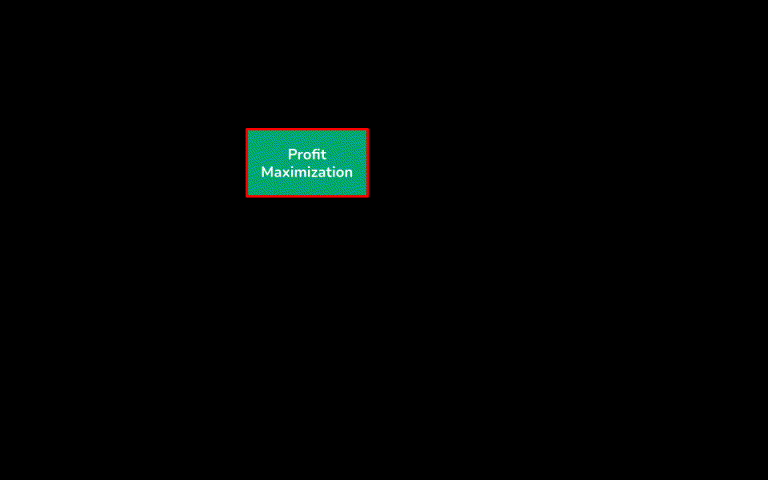Profit Maximization and the Cycle of Poverty
Table of Contents
Part 2, Chapter 1 explained how profit maximization creates poverty through high selling prices.
When implemented as an economic system, it creates a cycle of poverty

-
Selfish-interest by the Trading Class (Businessmen, Merchants, Investors, Speculators, etc.) causes them to amass profits at the expense of wages for the Working class and taxes for the government (Ruling Class).
-
If left unchecked by the government, profit maximization leads to overtrading which manifests as a crash.
-
The crash creates a scarcity of money which then prompts the government to create new nominal value instruments.
-
The increase in nominal value versus actual productive value manifests as price inflation.
-
Higher prices reduce the ability of both the Working class and Ruling class to operate. The government, together with the lack of tax revenue, becomes unable to provide essential services to the masses .
-
Lacking basic services, the masses become physically, intellectually, and morally weaker. This leads to problems in society.
-
Without any change in the profit maximization doctrine nor government policy, poverty becomes a cycle that drags the entire society down.
The Trading class is the cause of the problem. However, it is the corrupted Thinking class that creates such a corrupt system as an Economic science.
There are 2 ways to fix it:
-
The Thinking class making a new Economic science that is not rooted in selfish-interest. This is what Supereconomics is doing.
-
The Ruling class implement policies that stifle profit maximization so that tax revenues and waves will be increased.